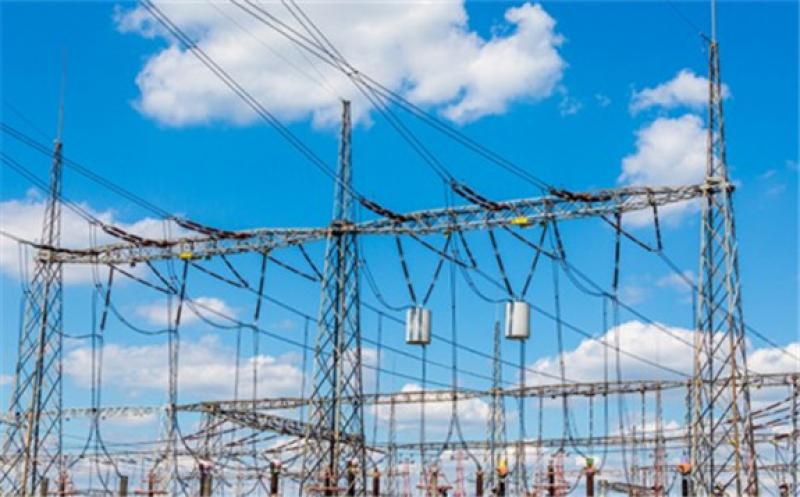The UK looks to prevent power outages next winter season by setting a higher target for the 2022/2023 power capacity auction than the one recommended by grid operator National Grid Plc.

“This target reflects the broader uncertainties within the power sector,” Business Secretary Kwasi Kwarteng wrote in a letter, carried by Bloomberg, about the 14-percent higher target for next winter season’s auction than the 4.7 gigawatts (GW) recommended by National Grid.
The UK is in an energy and gas crisis, with prices surging for consumers and dozens of suppliers already gone bust since September due to the record-high natural gas prices.
The UK’s energy crisis highlights the challenges that the country faces in powering every home with wind in 2030, as the government pledged at the end of 2020.
The UK will aim to become a global leader in offshore wind energy, powering every home in the country with wind by 2030, Prime Minister Boris Johnson said in October 2020.
Yet, coal closures and no immediate replacements for nuclear power have exposed the UK’s vulnerabilities to the whims of the weather, with cold winters stoking natural gas demand and still weather lowering wind power generation.
The worst is yet to come for consumers—energy market regulator Ofgem is set to raise the so-called energy price cap as of April 2022, throwing millions of households into energy poverty, with many people having to choose between eating and heating.
According to a Guardian report citing research from think tank Resolution Foundation, the number of “fuel stressed” households in the UK will jump threefold to 6.3 million in April, after the energy price cap adjustment. With these forecasts, calls are multiplying for the government to do something about it.
This puts the UK government in a tight spot, having to consider relief for the most “fuel stressed” households but also the power utilities that are going out of business in droves because of the record-breaking prices for electricity and natural gas.